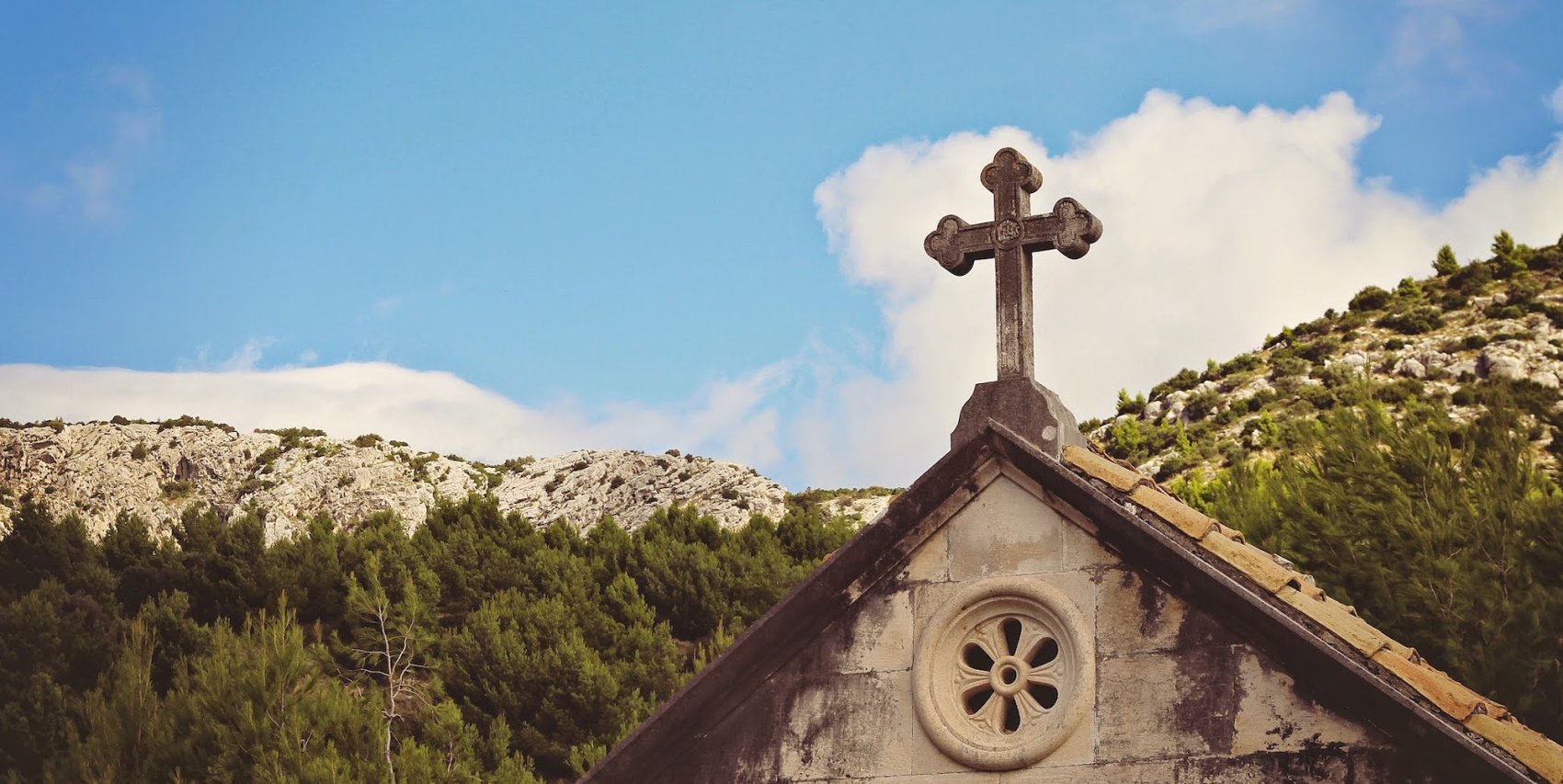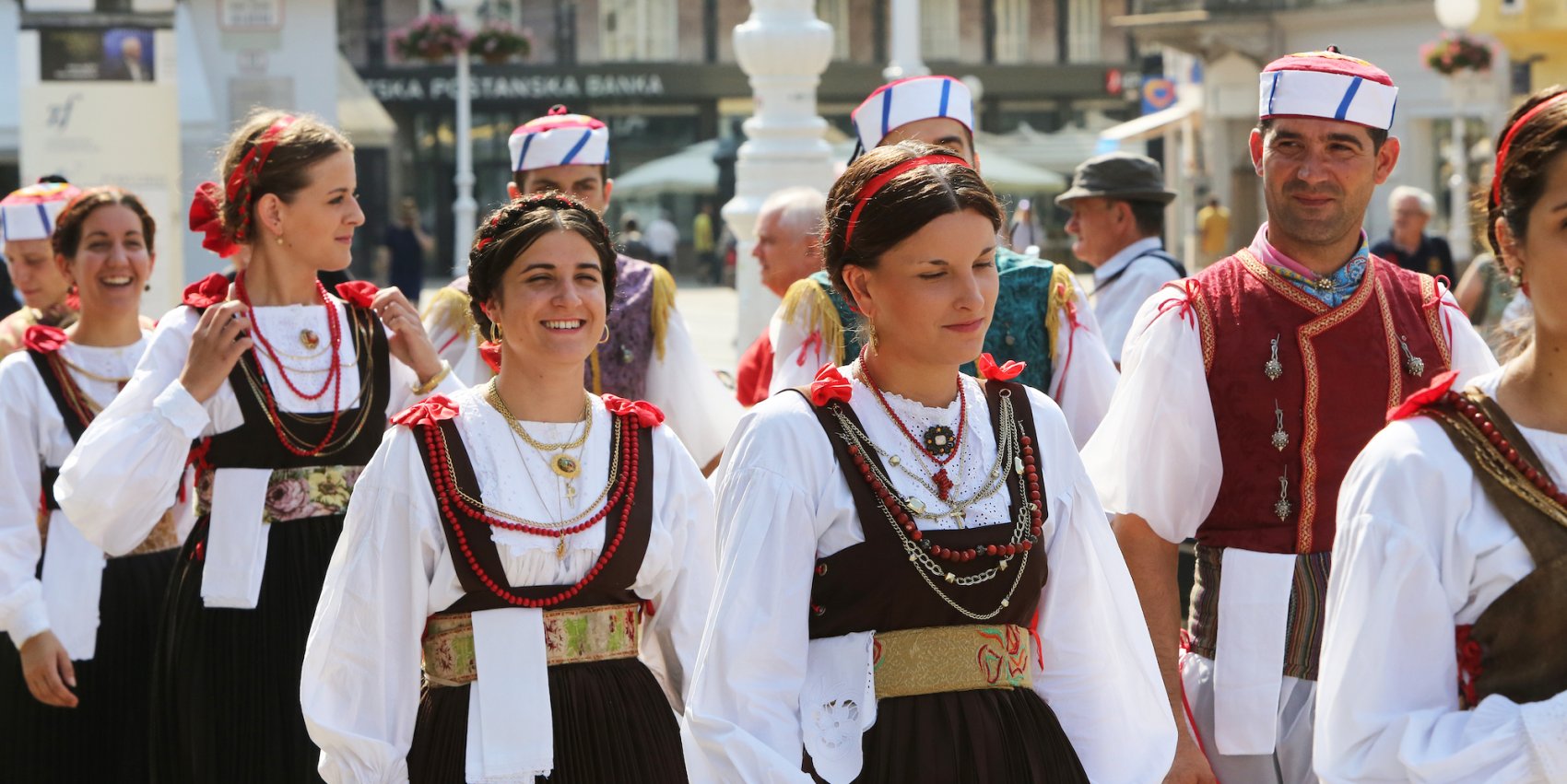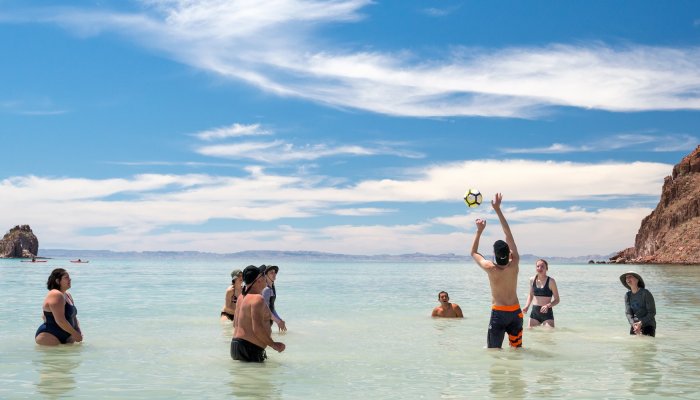The Tumultuous History of Croatia
With its sparkling lakes, sun-drenched islands, and cities overflowing with history, Croatia has rapidly become one of Europe’s hottest destinations. But behind the surface of this enchanting country is a tumultuous past that is within the lived memory of many travelers.
Understanding modern-day Croatia with all of its complexities is impossible without revisiting the past and recognizing the events that have led to where the country is today. Despite invasions, conflicts, and a civil war, Croatia has come out the other side a peaceful nation that welcomes visitors with open arms.

Prehistoric and ancient Croatia
The discovery of an early cave-dwelling Neanderthal known as “Krapina Man” in 1899 suggests that Croatia has been inhabited since the middle of the Stone Age. Around 1000 BC, Indo-European peoples began migrating to what is now known as Croatia, together with Serbia, Bosnia, and Albania. They are collectively known as the Illyrians and while they shared some customs and traditions, there is little evidence to suggest they were ever assimilated or identified collectively as “Illyrians”.
By the 6th century BC, the ancient Greeks were establishing settlements along the Adriatic Sea coastline and trading oil, wine, and salt with the Illyrians. By the time the Romans arrived, tensions with the Illyrians were high as the Greeks sought to achieve a greater foothold. Eventually, war was declared, resulting in the defeat of the Illyrian King Gentius and the creation of Illyricum.
By the 1st century AD, this Roman province had expanded significantly and Emperor Diocletian had his monumental palace built in Split. The Romans continued to rule the region for the following five centuries, during which time they constructed road networks for the movement of goods and troops, and introduced Christianity. Aside from Diocletian’s Palace, Croatia is dotted with several remnants from the Roman era, including the magnificent Pula Arena.
By the 3rd century AD, there were fractures visible in the Roman Empire, leading to its division into two different realms. Croatia, Slovenia, and Bosnia/Herzegovina became part of the Western Roman Empire, which suffered successive attacks from the Visigoths, the Lombards, and the Huns before eventually collapsing in the 5th century.

The arrival of the Croats
While the ethnogenesis of the Croats remains uncertain, it is believed they arrived in Dalmatia in the late 6th century. Some historians suggest the Croats were asked to assist the Roman Empire in fending off the invading Avars while others believe they were migrating south from modern-day Ukraine, Poland, and Belarus as the Roman Empire was disintegrating.
Initially, the Croats lived in two distinct communities - Dalmatian Bijela Hrvatska and Pannonian Hrvrat - before being united by Tomislav I in 924 AD. Recognized as the first King of Croatia by Pope John X, Tomislav ruled over much of modern-day Croatia, coastal Montenegro, and sections of Bosnia.
Over the next two centuries, the Croatian monarchy held on precariously, with periods of anarchy as one king succeeded the next. There were increasing threats from the Ottoman Empire, and the Republic of Venice was making a bold attempt to control the coastal areas.
By 1428, the Venetians controlled large parts of Dalmatia (except for independent Dubrovnik) and the Ottomans were victorious at two significant battles in 1493 and 1526. When the Croatian Parliament met the following year, they selected Ferdinand I of the House of Habsburg as their new ruler in the hope he would protect them against further Ottoman incursions. In 1683, the Hapsburgs were victorious at the Siege of Vienna, successfully pushing the Ottomans out.
Despite this, Dalmatia remained in turmoil, with an influx of Croat, Serb, Hungarian, Albanian, and Slovak immigrants causing internal disputes. The Venetians used this opportunity to reassert control over the area and the seeds were sown for the conflicts of the 20th century.
In 1808, Napoleon captured several towns along Croatia’s coastline and united Dalmatia with Slovenia as the Illyrian Provinces. Upon his defeat in 1815, the Habsburgs once again took control and their heavy-handed rule saw a growing sense of national identity amongst the Croatians. This rise in Illyrianism was largely centered around reestablishing the Croatian language and an increasing desire for autonomy.
The establishment of the Austro-Hungarian Empire in 1866 saw Croatia and Slavonia being governed by the Hungarians and Dalmatia by the Austrians, again fuelling political discontent. While there was a movement to unite the Serbs and the Croats, the Austro-Hungarian Empire helped to nurture animosity with a tactic of “divide and conquer”. Despite this, the Croat-Serb Coalition was established in 1906, posing a threat to the empire’s ongoing power.

The World Wars
With the defeat of the Austro-Hungarian Empire at the end of World War I, the Croatian Parliament declared independence in 1918 and joined the newly formed Kingdom of Serbs, Croats, and Slovenes. While many Croats were hesitant about this new regime, the threat of Italian invasion was of greater concern.
Opposition was led by the Croatian Peasant Party and Stjepan Radic, who was subsequently assassinated in 1928. In the face of violence and civil war, King Alexander I established a dictatorship and dissolved the parliament, creating the Kingdom of Yugoslavia.
In response, Ante Pavelič founded the Ustaše Croatian Liberation Movement, which aimed to establish an independent Croatian state. With the help of Mussolini, his troops assassinated King Alexander I in 1934 and Yugoslavia became vulnerable to the growing power and influence of the Nazis. In 1941, Germany bombed Belgrade and invaded Yugoslavia, installing Ustaše as the governing power. With Pavelič at the helm, ethnic minorities and political prisoners were persecuted and concentration camps were established, with the most notorious at Jasenovac to the south of Zagreb.
Many Croats did not support the Ustaše and a resistance movement flourished during World War II. Two camps were formed - the pro-Communist Partisans with Josip Broz “Tito” in charge and the pro-Serbian Četniks led by General Draža Mihailović. Allied support favored Tito’s Partisans, who controlled much of Croatia and, by the end of the war, had flushed Pavelič and the Ustaše out of Belgrade.
1945 and Beyond
In the wake of World War II, Croatia was part of the Socialist Federal Republic of Yugoslavia with Tito as its president. He aimed to create a state without a dominant ethnic group and he managed to maintain peace until a period in the late 1960s known as the “Croatian Spring”. There was growing unrest in the distribution of power across the six republics (Croatia, Serbia, Montenegro, Bosnia/Herzegovina, Slovenia, and Macedonia) and this came to a head following Tito’s death in 1980.
Crippling debt and mistrust amongst ethnic groups saw the republics at odds, which was only fuelled by the rise of the Communist Serb, Slobodan Milošević. After Franjo Tudjam and the Croatian Democratic Union came to power in 1990, Croatian Serbs were outraged by their change in status to a “national minority”. Milošević rallied Serbs to create a state known as “Greater Serbia”, which resulted in the eruption of a civil war in 1991. While the fighting ceased in 1995 with “Operation Storm”, many Croatian cities were heavily damaged and around 200,000 Croatian Serbs left.

Croatia today
While officially at peace, some Croats and Serbs remained suspicious of one another following the civil war and rebuilding trust has been an ongoing process. Economic development, the return of refugees, and post-war reconstruction are among the challenges being faced by the current government. But as a generation of post-war babies reach adulthood, there is a strong sense of a country looking towards a peaceful future.
In recent years, Croatia’s tourism industry has boomed, with visitors flocking to discover the country’s natural beauty and historical riches. Its people are renowned for their welcoming nature and friendly hospitality, with a strong sense that the conflicts of the past are in the past. While wandering the streets of evocative Hvar or admiring the travertine terraces of Plitvice Lakes, it’s hard to imagine the tumultuous events that once took place here.




